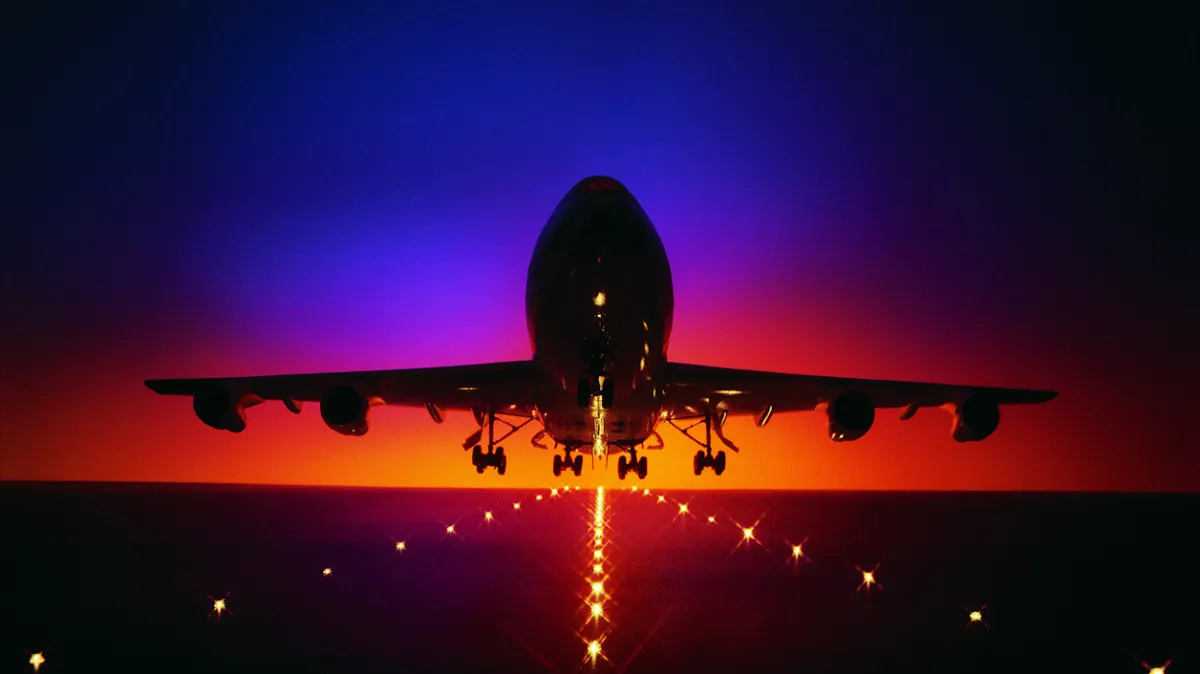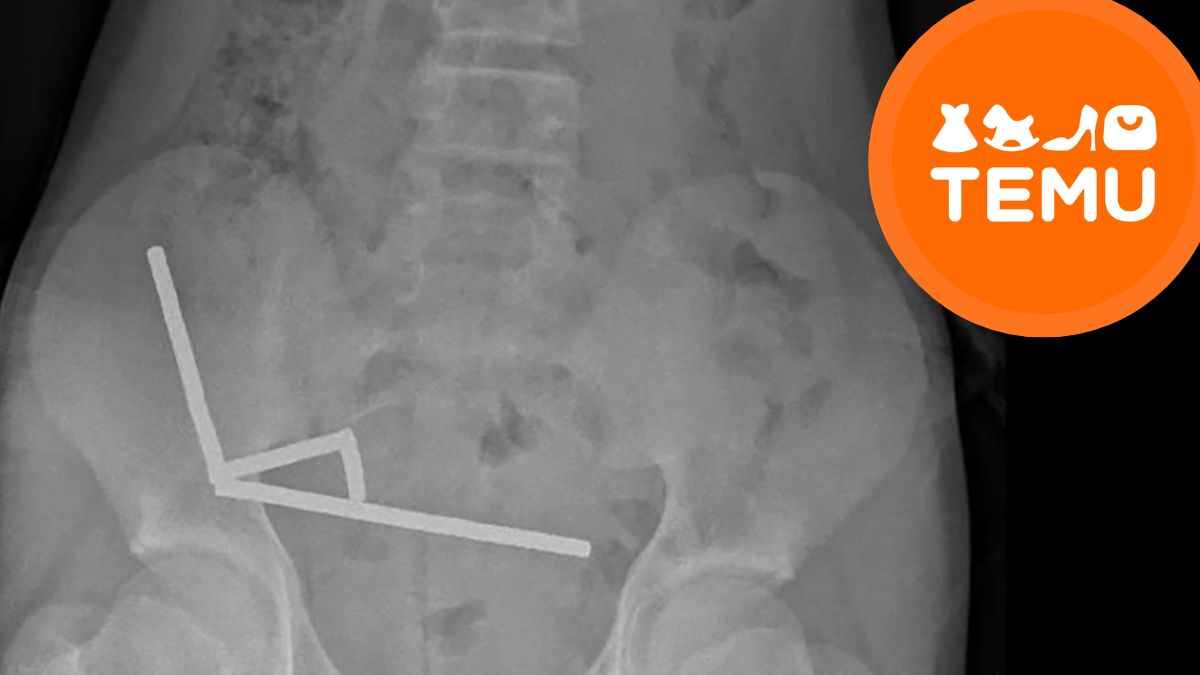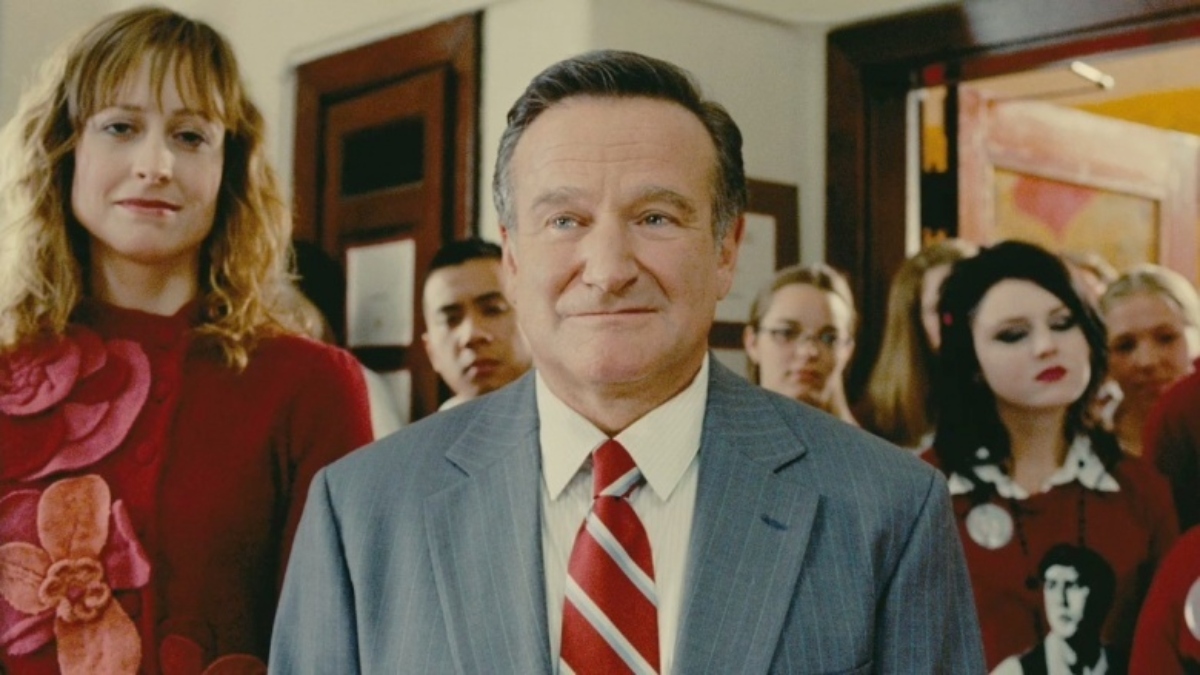You’ve definitely heard the term before from a weary traveller. “Oh, I’m beat, I had to take the red-eye.” Take the red-eye? For someone who doesn’t know what that is, it could be a very confusing sentence. What exactly is a red-eye flight? How does it work? Not to worry, dear reader, we will explain everything you need to know.
One of the more annoying aspects of travel at the airport is figuring out the time of day you want to travel. Should you grab a morning flight? Something mid-afternoon? What’s cheaper? These are all things to consider when booking a plane, but mention a red-eye and you’ll get a variety of responses. Most people avoid them like the flu. Others swear by them. Celebrities often have no choice but to take them to make some TV appearance or special opening of a new vegan grocery store.
Let’s get definite. A red-eye is a flight that leaves at night and gets to where you’re going the next day. They’re called “red-eye” because they’re usually too short to get any healthy sleep, meaning you’ll have red-eyes from fatigue. As a general rule, any flight less than seven hours is considered a red-eye.
There are some advantages to a red-eye. Let’s say you don’t want to have to spring for a hotel overnight. Boom, problem solved. If you’re visiting a friend or on vacation, a red-eye can add another day to your trip by virtue of time alone. Alternatively, you’ll arrive early and be able to not lose a whole day to traveling.
Another plus is that airports are generally pretty sparse during red-eye departures. The busiest times in an airport are from 6-8 AM and from 3-5 PM. Anything else is going to be a little bit quicker and easier, although this is not a rule. Finally, red-eye flights can be significantly cheaper than regular hour ones.
Obviously, it’s not some magic red pill. There are plenty of drawbacks to taking a red-eye. Firstly, you’re going to be tired if you didn’t get a chance to at least doze. It could also throw off your whole sleep pattern in general. When you arrive at the airport, most of the restaurants and shops are going to be closed. Not that that’s a dealbreaker, but it is something to keep in mind.
There’s also usually no buses or public transport running late at night (a fact that varies depending on location), if that’s how you were going to get there. Also, a red-eye is going to be brutal on small children, so keep that in mind. Is saving a few bucks worth a crying child all night? That’s for you to decide.
All in all, the red-eye can be something very helpful if used properly. It can also be the opposite of that. Happy travelling!











Published: May 2, 2024 04:59 pm